The majestic tiger is more than just a symbol of power and beauty; it’s a vital part of the ecosystem and a cultural icon. Yet, with fewer than 4,000 left in the wild, preserving these magnificent creatures is more urgent than ever. Thankfully, people around the world are taking extraordinary steps to ensure that future generations will still share the planet with tigers. Here are 13 remarkable ways people are making a difference right now.
1. Rewilding Spaces
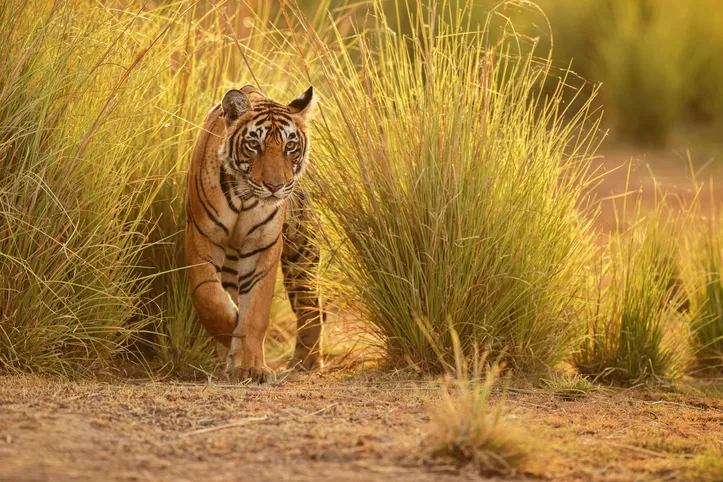
Rewilding involves returning land to its natural state and reintroducing native species, including apex predators like tigers. It’s a process that requires collaboration between governments, local communities, and environmental organizations. In places like India and Russia, rehabilitation of ecosystems is already showing success in increasing tiger populations. According to a report by the World Wildlife Fund, these efforts have led to a 20% increase in tiger numbers over the past decade.
The complex nature of rewilding means you have to consider not only the tigers but also the prey species and the entire habitat. By restoring natural environments, people are helping to create safe havens for tigers to hunt, breed, and thrive. It’s all about striking a balance between human activity and nature, ensuring that both can coexist peacefully. Despite the challenges, the outcomes offer hope for the future of tigers.
2. Strengthening Anti-Poaching Laws

One of the most straightforward ways to protect tigers is to ensure they don’t fall victim to poachers. Countries are tightening anti-poaching laws and increasing penalties for those caught in the act. You’ll also find that technology is playing a part, with drones and camera traps being used to monitor tiger habitats. This tech-savvy approach deters poachers and helps gather valuable data about tiger populations.
But enacting laws is only the first step; enforcing them is where the real effort lies. Rangers on the ground are essential, and they often put their lives at risk to protect these animals. Training programs and better equipment are being provided to these brave men and women, ensuring they can do their jobs effectively. It’s a collective effort that requires dedication and resources but promises a significant pay-off in saved tiger lives.
3. Promoting Ecotourism
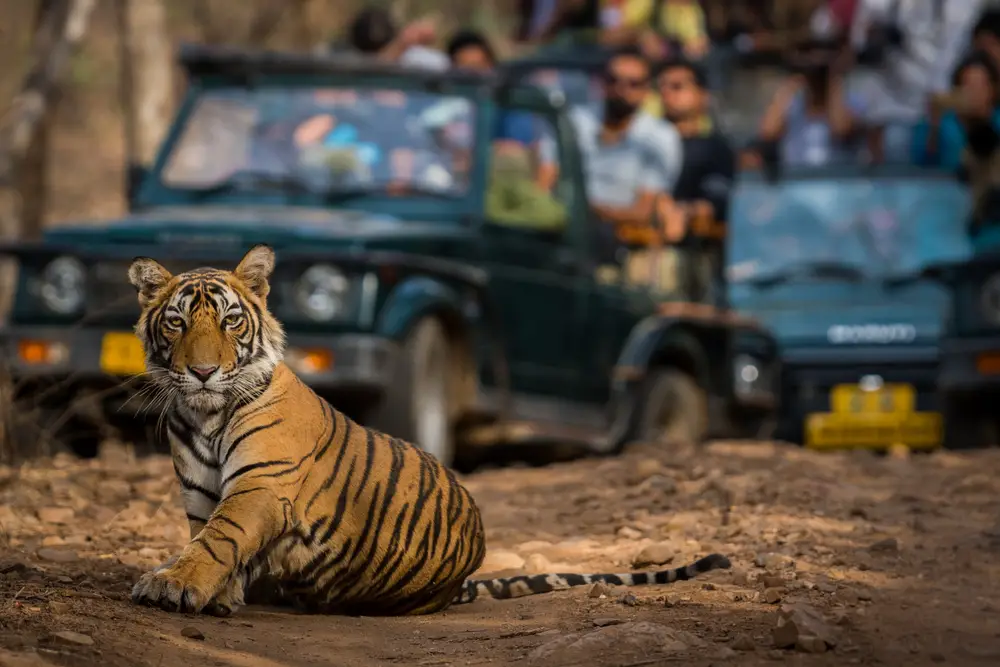
Ecotourism offers a win-win scenario for both wildlife and local communities. By promoting tourism that respects nature, people create economic incentives to preserve natural habitats. According to the Global Ecotourism Network, regions that implement ecotourism often see improvements in both conservation and local living standards. This model, when done correctly, allows you to enjoy the natural world without leaving a damaging footprint.
However, not all ecotourism is created equal, and the challenge lies in ensuring that tourism directly benefits tiger conservation. People are increasingly turning to community-led initiatives that give locals a voice and a stake in the success of conservation efforts. This involvement not only provides jobs but also educates communities about the value of maintaining tiger populations. It’s an ongoing process, but one where you can see real time benefits for both tigers and people.
4. Using Advanced Technology
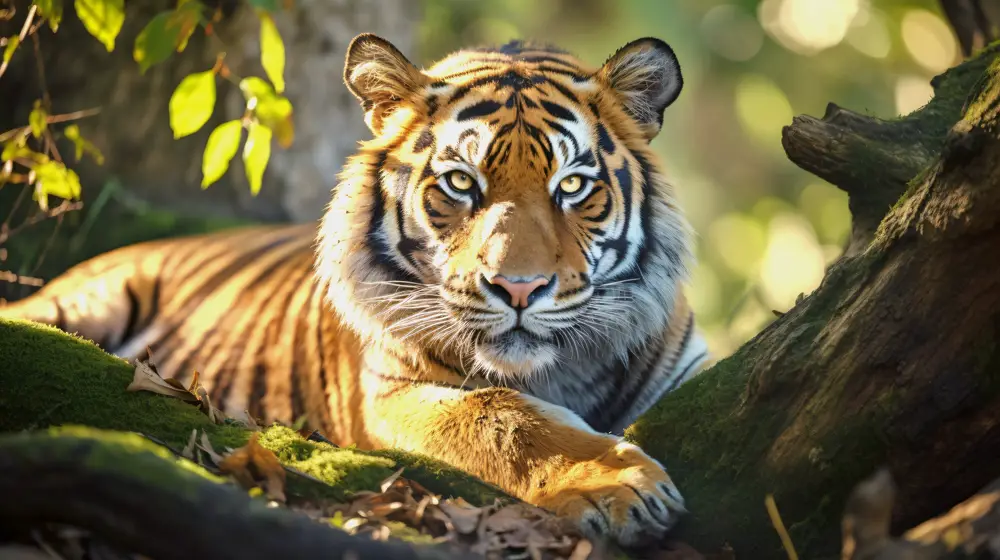
In the battle to save tigers, technology has emerged as a powerful ally. From GPS collars to drones, cutting-edge tools are being leveraged to monitor tiger populations and their movements. This data is invaluable, allowing conservationists to adapt strategies in real time. You can even participate in citizen science projects that use apps to track sightings and report illegal activities.
The benefits of technology extend beyond data collection; it also provides evidence that can be used to influence policy changes. By showcasing the positive impacts of technology, people can make compelling arguments for increased funding and more robust conservation efforts. Overcoming technological challenges can be daunting, but the progress made so far indicates that the potential for success is immense. It’s a thrilling time to be involved in tiger conservation.
5. Educating Local Communities
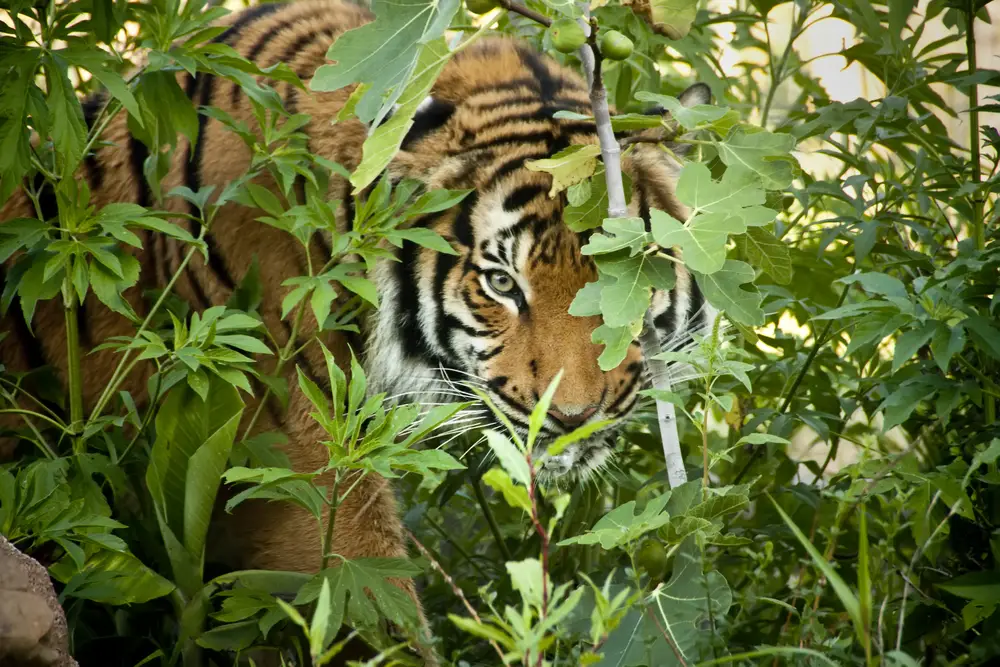
Education is key to creating lasting change, especially in areas near tiger habitats. People are developing programs to teach local communities about the importance of tigers and the ecosystem. According to a study from Conservation International, education initiatives have been shown to significantly increase local support for conservation efforts. When communities understand the benefits of preserving tigers, they are more likely to engage in protective measures.
The focus is often on the younger generation, nurturing a sense of stewardship and responsibility. Schools in regions like India and Nepal incorporate tiger conservation into their curricula, which helps foster a culture of awareness and respect. But education is not limited to students; workshops and seminars for adults are just as crucial. Informed communities are empowered communities, capable of making decisions that benefit both tigers and themselves.
6. Creating Wildlife Corridors
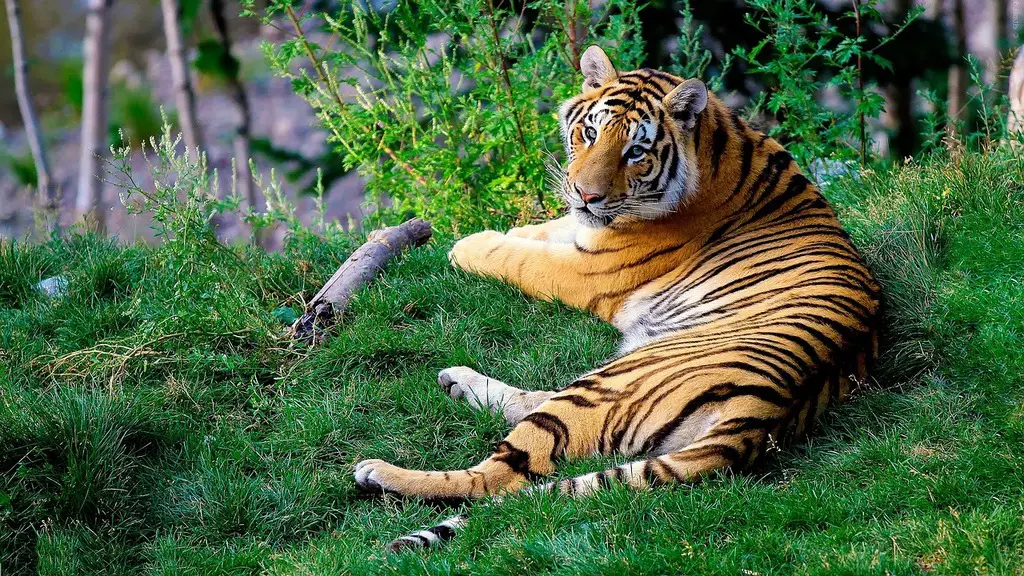
Wildlife corridors are an innovative solution to the problem of habitat fragmentation. By connecting isolated patches of forest, these corridors give tigers the space they need to roam and breed. The design and implementation of these corridors involve complex logistics, requiring cooperation between governments, NGOs, and local communities. You’d be amazed at how a simple strip of land can make such a big difference for tiger populations.
The corridors also help mitigate human-tiger conflicts, an issue that often arises when tigers encroach on human settlements. By providing a safe passage, wildlife corridors reduce the likelihood of these dangerous encounters. This is a proactive approach that seeks to prevent problems before they occur, benefiting both humans and tigers. As more corridors are established, the potential for successful coexistence grows exponentially.
7. Supporting Scientific Research

Scientific research is the backbone of effective conservation strategies. People are funding studies that focus on tiger biology, genetics, and behavior to better understand what these big cats need to thrive. According to a publication in the journal Conservation Biology, research findings are crucial in shaping policies and conservation plans. By supporting science, you’re contributing to a body of knowledge that can save lives and habitats.
It’s not just about academic research, though; fieldwork is equally important. Scientists often spend months in remote areas collecting data and observing tigers in their natural environments. The insights gained from this work allow for targeted conservation efforts that address specific challenges. Research is a long-term investment, but one that could yield the ultimate reward: a sustainable future for tigers.
8. Engaging With Corporate Sponsors
 provided by Shutterstock
provided by Shutterstock
Corporate sponsorships can provide much-needed funding for tiger conservation initiatives. By aligning themselves with environmental causes, companies not only enhance their public image but also contribute to meaningful change. Sponsorship deals often include financial support, as well as resources like technology and expertise. You don’t have to be a mega-corporation to make a difference; even small businesses can play a crucial role.
For companies, the benefits are twofold: they get to demonstrate corporate social responsibility, and they also reach a more environmentally conscious consumer base. This symbiotic relationship can lead to long-lasting partnerships that benefit all parties involved. Of course, transparency is essential to ensure that funds are used appropriately. When done right, corporate sponsorships can generate significant momentum for conservation efforts.
9. Lobbying for Government Action

Policy change often starts with grassroots movements and public pressure. People worldwide are lobbying their governments to enact stronger protection laws for tigers. Whether it’s through petitions, protests, or direct communication with legislators, every action counts. When you engage in advocacy, you become part of a larger community working toward a common goal.
It’s crucial to remember that governments wield immense power when it comes to conservation. Policies can dictate land use, hunting regulations, and funding allocations. By pushing for change, you help ensure that tiger conservation remains a priority on the political agenda. The process can be slow, but with perseverance, substantial progress is possible.
10. Forming International Alliances

Tigers don’t recognize borders, so conservation efforts shouldn’t either. People are forming international alliances to share knowledge, resources, and strategies. These collaborations are vital for addressing the global nature of tiger conservation. When countries work together, they can tackle transboundary challenges more effectively.
International cooperation also helps in standardizing methods for monitoring and conservation. This ensures that data collected is comparable across regions, leading to more comprehensive understanding and solutions. You might not realize it, but collective action on a global scale significantly amplifies the impact of individual efforts. The future of tiger conservation lies in these united fronts.
11. Implementing Community-Based Conservation
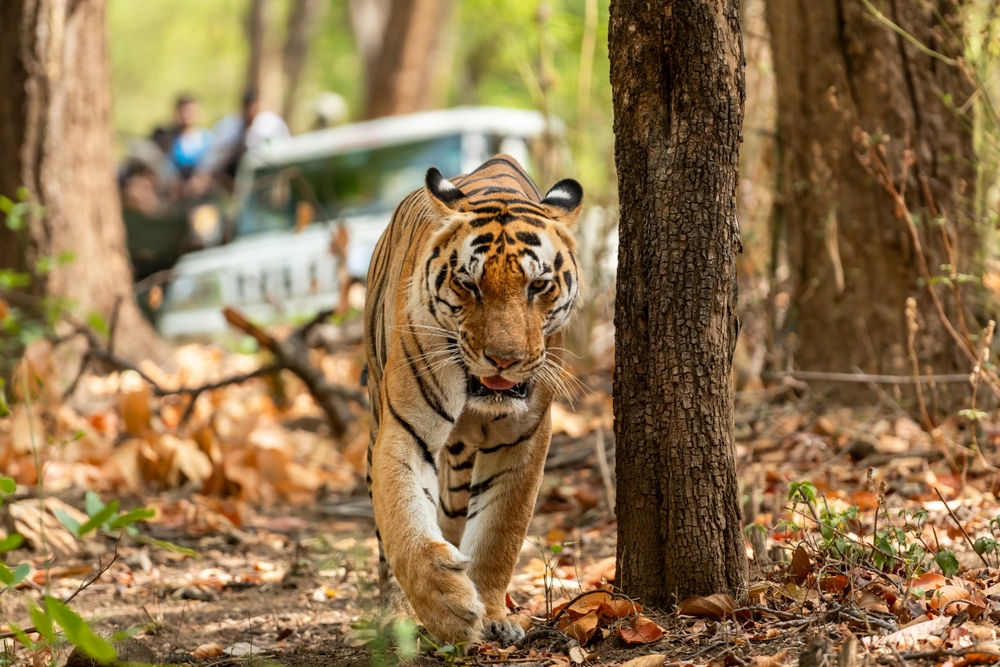
Involving local communities in conservation efforts is crucial for long-term success. Community-based initiatives empower people living near tiger habitats to play an active role in protection efforts. By giving them the tools and knowledge they need, these initiatives transform locals into stewards of their environment. You’ll find that when people have a vested interest, they are more committed to achieving conservation goals.
Programs often include activities like reforestation, anti-poaching patrols, and educational workshops. These not only contribute to tiger preservation but also provide economic opportunities for communities. The key is collaboration, where everyone’s voice is heard, and everyone has a stake in the outcome. Community-based conservation is a model that has seen success and offers hope for the future.
12. Raising Public Awareness Through Media

Media is a powerful tool for raising awareness about tiger conservation. From documentaries to social media campaigns, people are using various platforms to highlight the plight of tigers. Engaging content can reach a global audience, inspiring action and change. If you’re looking for a way to contribute, sharing a powerful message could be your starting point.
Effective media campaigns often feature compelling storytelling and striking visuals, capturing the public’s attention and emotions. This can lead to increased support for conservation projects and policies. The ripple effect of a well-executed campaign can be substantial, influencing both public opinion and legislative action. In today’s digital age, media has the potential to be a game-changer for tiger conservation.
